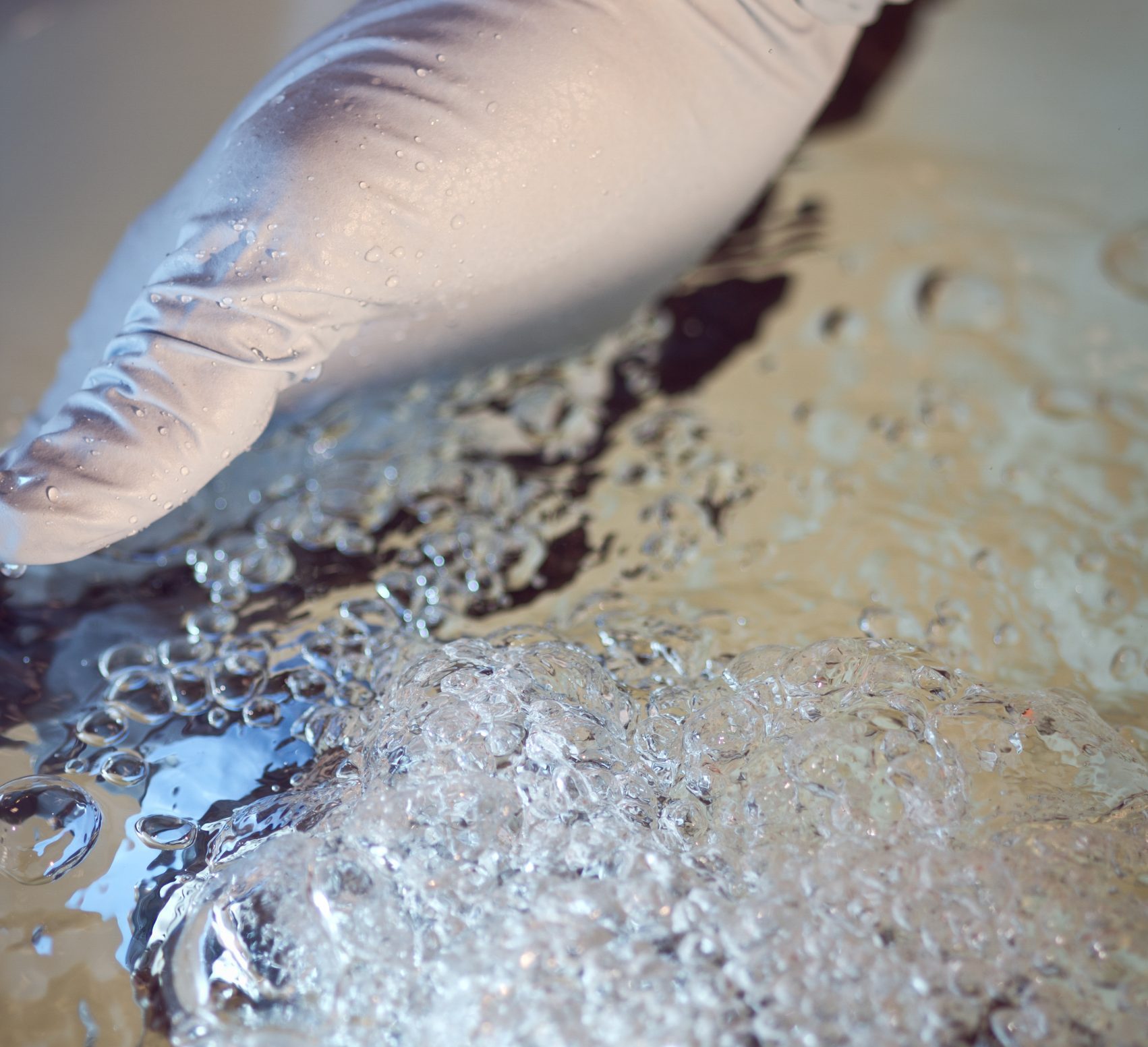In onsite wastewater treatment, nitrogen is a critical parameter to manage—both to protect natural ecosystems and to safeguard drinking water sources. At Bionest, we offer treatment solutions capable of efficiently addressing the various forms of nitrogen found in domestic wastewater.
? What Is Total Nitrogen?
Total Nitrogen (TN) includes all nitrogen compounds present in wastewater:
- Organic nitrogen
- Ammoniacal nitrogen (NH₄⁺) — toxic at high concentrations
- Nitrites (NO₂⁻) and nitrates (NO₃⁻) — potential contaminants of groundwater and drinking water sources
In jurisdictions like Ontario, performance criteria may specifically target total nitrogen or individual nitrogen species.







